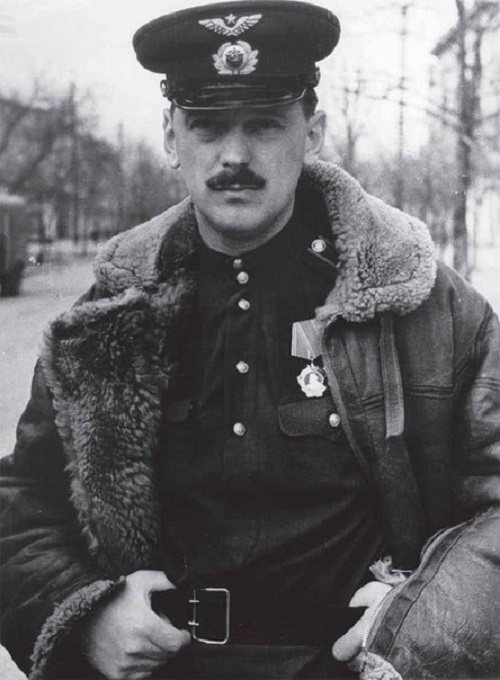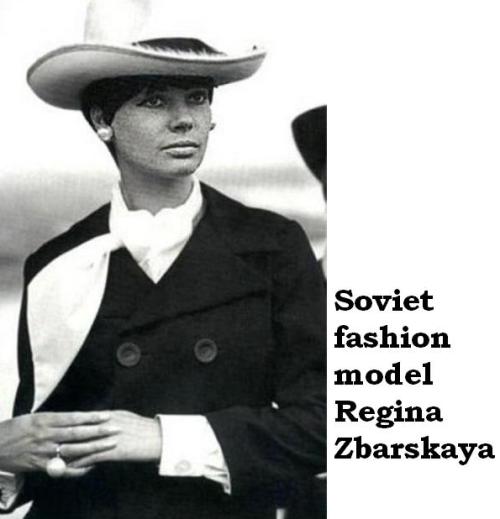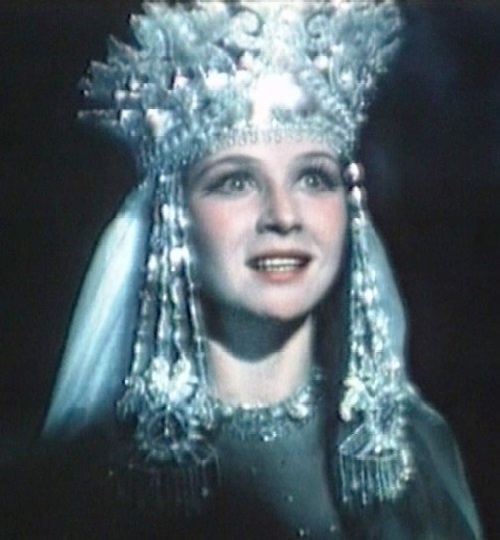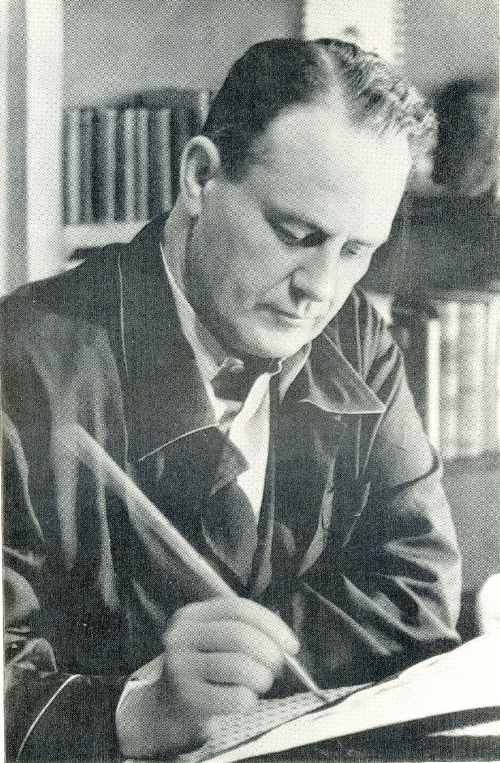Soviet poster artist Maria Bri-Bein
The author of this poster – Soviet poster artist Maria Bri-Bein. Her statement was “for the successful implementation of the historic tasks artist should maintain his two main development tools – clarity and mass.” Maria’s posters are clear, specific, dynamic, expressive, not overloaded with details, and are interesting to contemporaries not only with the plot, but that they were made by the woman – artist. The struggle of the Soviet state for the “liberation” of women, the approval of the idea of the necessity of her participation in the creative work is reflected in the paintings of many painters. The Soviet era heroine in artworks by Bri-Bein is stately, beautiful, confident in her work, mission, and her future.
Read more »






